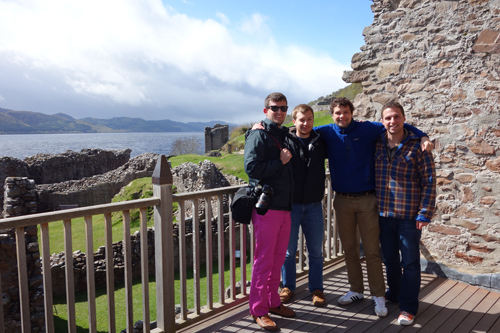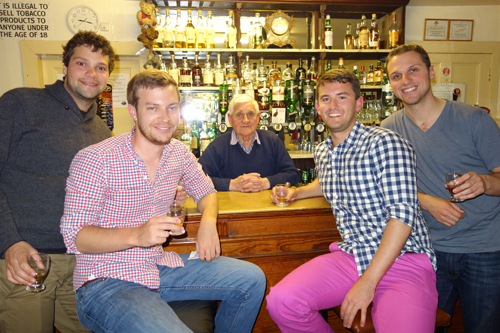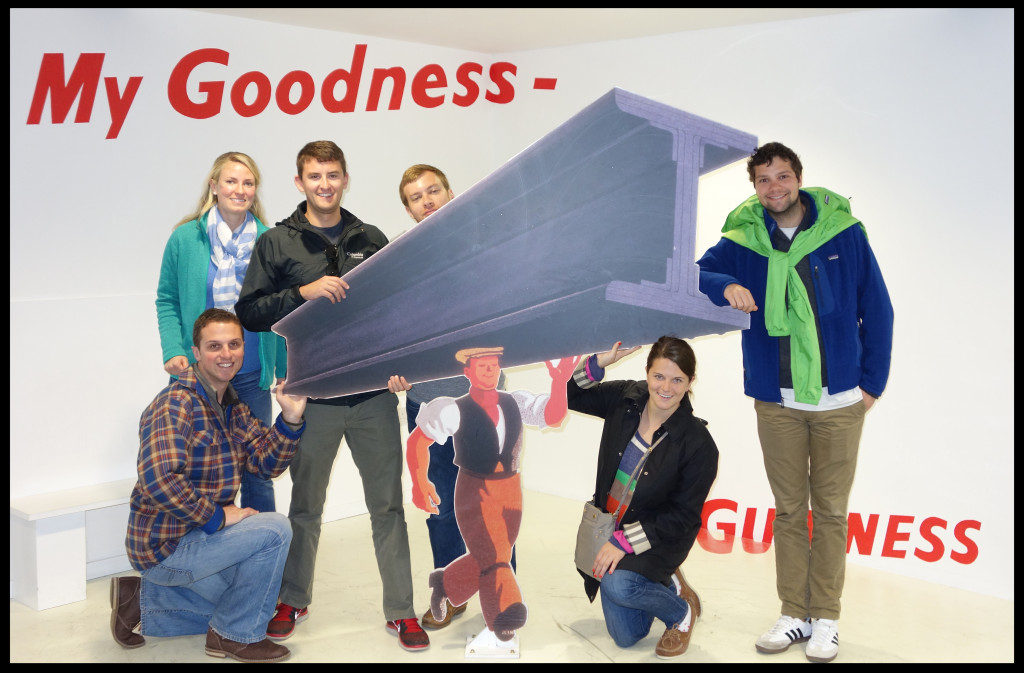Before leaving Copenhagen, we wanted to share a couple other highlights of our adventure here.
Our stop at the 1847-founded Carlsberg Brewery was both educational and tasty, and it featured some very nice clydesdale horses.
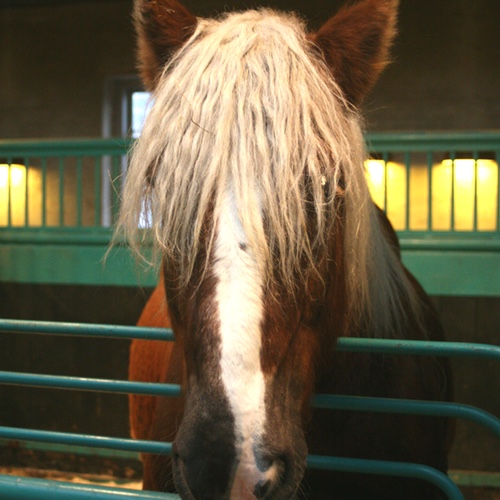
We enjoyed a slightly more refined evening at the Jazzhus Montmartre, a Copenhagen institution that was lost and brought back relatively recently. We actually sat next to an older man who had used to come to the old Montmartre back in the day, and he said that it was almost the same today as it used to be. He also pointed us to another more hidden jazz club in the middle of town that was open all night. We made sure to check this other spot out as well, but unfortunately, they didn’t have any live music the night we were there.
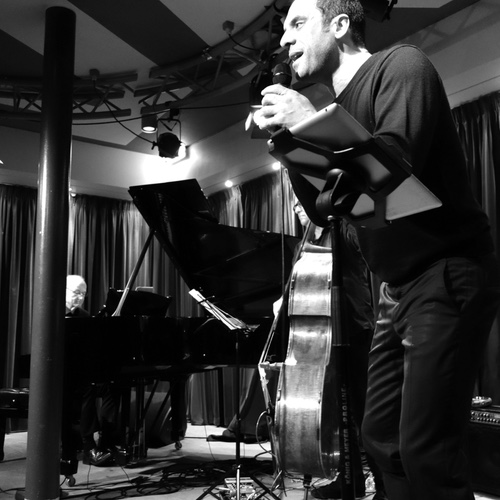
We had a pair of very traditional Danish Christmas lunches complete with pan-fried filet of fish, slices of pork, smoked salmon, some pickled vegetables, and rye bread. Although it may not have been our favorite cuisine of the trip, we were happy to be able to walk away from our journey having tasted traditional Danish foods.
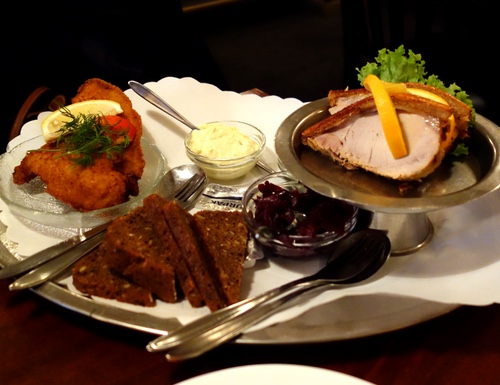
We visited Nyhavn, a 17th century waterfront, canal and entertainment district in Copenhagen. The canal is lined with brightly colored townhouses that all have fun little restaurants on their bottom floors. The best way to describe this area is cute. We enjoyed some lunch, some shopping, and some walking around while in Nyhavn.

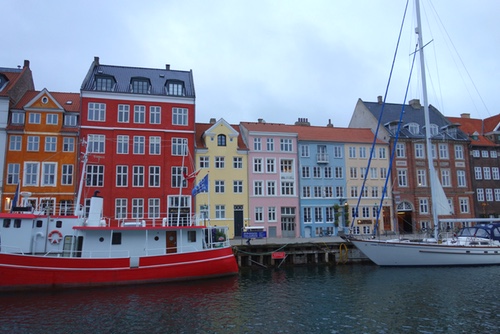

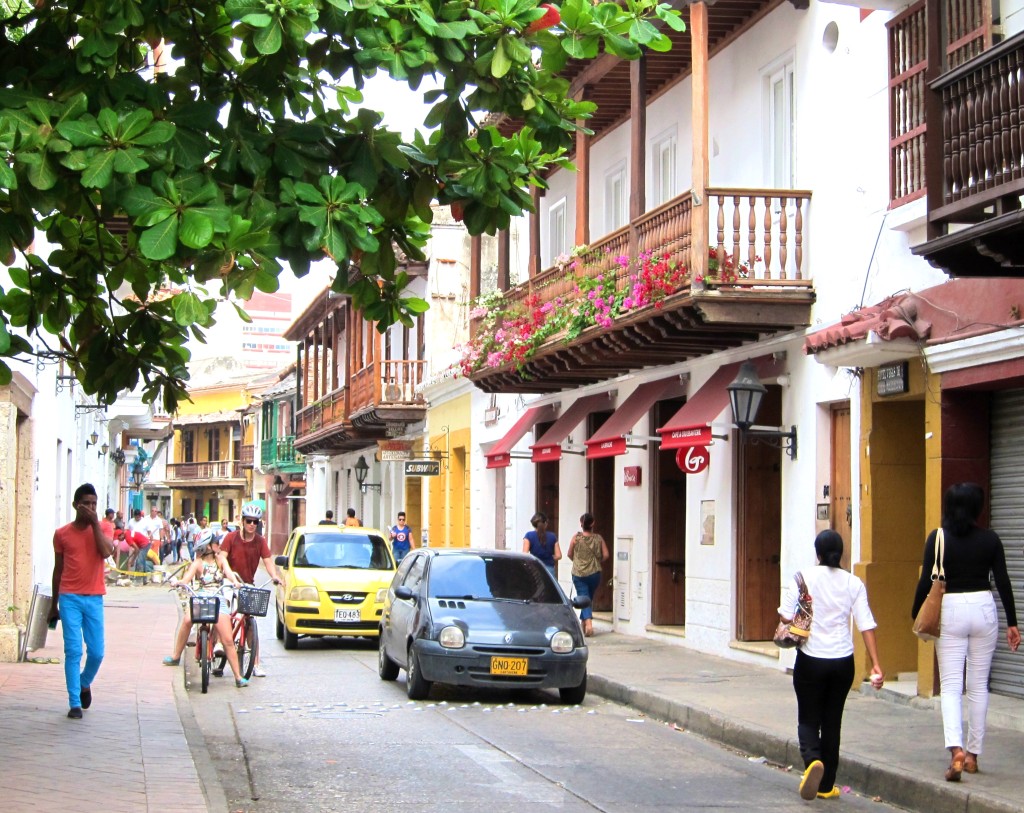
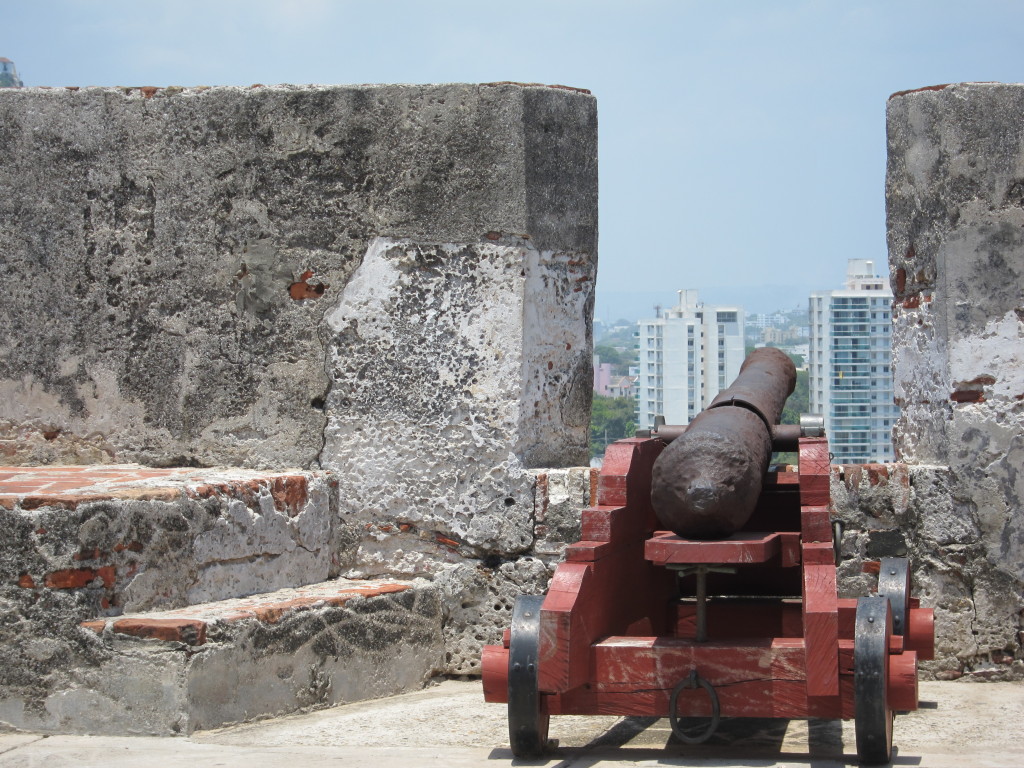
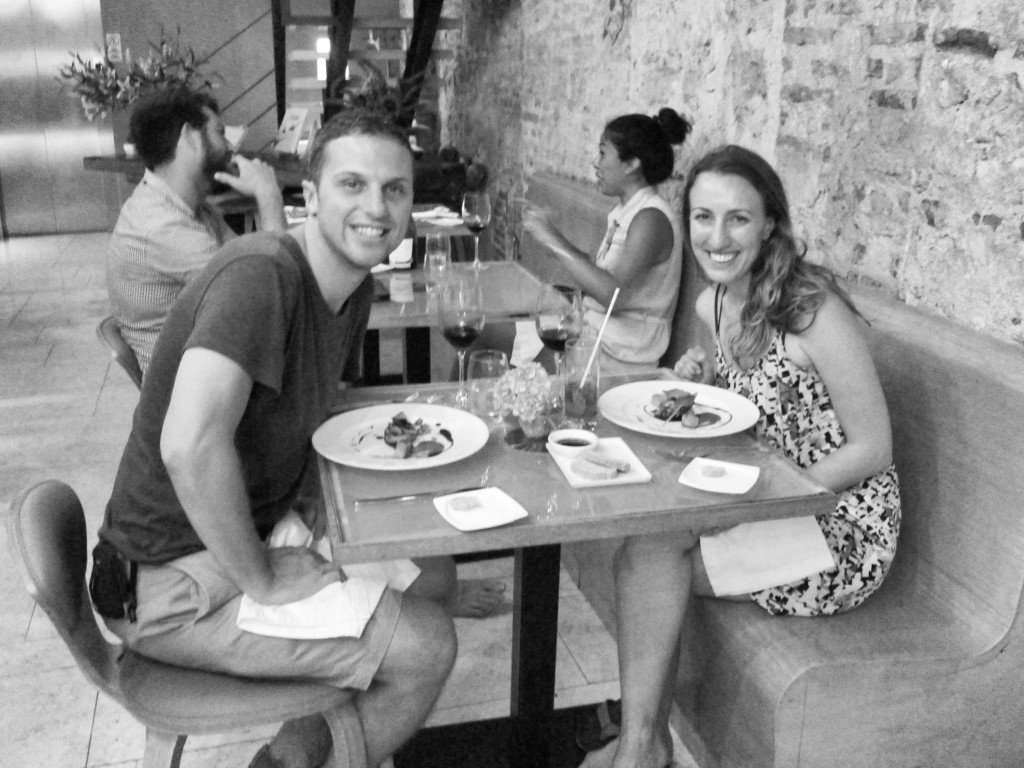
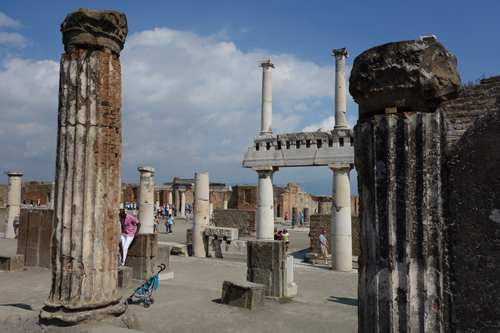

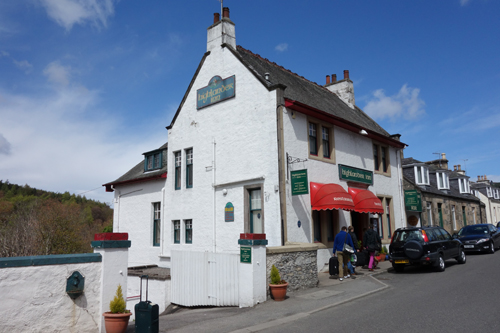
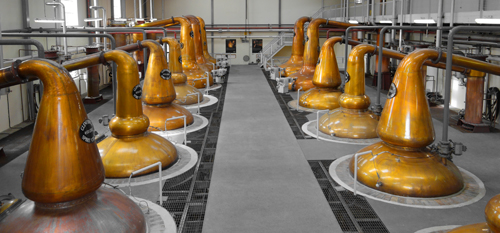 Drinks:
Drinks: